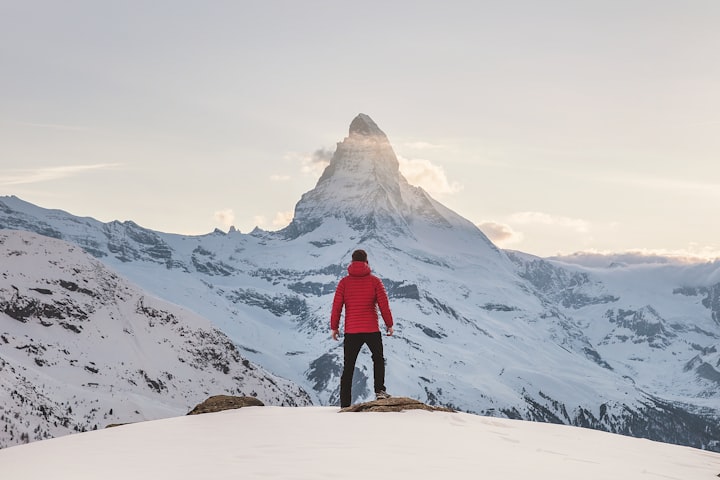Travel and tourism, especially as restrictions began to ease in some areas.
Outdoor destinations and activities

Travel and tourism, especially as restrictions began to ease in some areas.
1. Domestic travel became more popular than international travel.
Yes, in 2021, domestic travel became more popular than international travel due to ongoing travel restrictions and border closures imposed by many countries as a response to the COVID-19 pandemic. Many people preferred to explore destinations within their own countries, often seeking out less crowded areas and outdoor activities. Domestic travel also offered more flexibility, as travelers could adjust their plans more easily if restrictions or lockdowns were imposed in their region. Additionally, traveling domestically was often perceived as being safer and more familiar than traveling to foreign countries. However, it's important to note that travel trends may have changed since 2021 and that international travel may become more popular again as the situation with the pandemic improves and restrictions are lifted.
2. Outdoor destinations and activities
National parks: Many people visited national parks and other protected areas to enjoy hiking, camping, and other outdoor activities in natural settings.
Beaches: Coastal destinations, especially those with wide open spaces and uncrowded beaches, were popular for relaxation and water-based activities.
Camping: Camping and RV travel offered a way to enjoy the outdoors while maintaining a safe distance from others.
Road trips: Many people opted for road trips to explore scenic routes and natural landmarks.
Outdoor sports and recreation: Activities such as hiking, biking, kayaking, and fishing were popular for those seeking outdoor adventures.
Skiing and winter sports: In colder months, skiing, snowboarding, and other winter sports were popular outdoor activities.
3. Travelers were also more interested in remote and off-the-beaten-path destinations.
Small towns and villages: Many travelers sought out small, charming towns and villages that were less crowded and offered a more authentic and local experience.
Nature reserves and wildlife sanctuaries: Remote natural areas, such as reserves and sanctuaries, became popular destinations for travelers seeking a deeper connection with nature.
Islands: Isolated islands with beautiful beaches and unique cultures gained popularity as travelers looked for secluded destinations.
Eco-lodges and sustainable tourism: Travelers were more interested in sustainable tourism practices and looked for eco-lodges and other accommodations that were environmentally friendly and socially responsible.
Adventure travel: Remote destinations that offered adventure travel activities, such as trekking, mountain climbing, and wildlife safaris, became more popular as travelers looked for unique and challenging experiences
4. Health and safety measures became a top priority for travelers
Enhanced cleaning and sanitation: Hotels and airlines implemented more rigorous cleaning protocols, with a focus on high-touch surfaces such as door handles, elevator buttons, and armrests.
Physical distancing: Many travel companies implemented measures to ensure physical distancing, such as reducing capacity on flights and tours, and rearranging seating in common areas.
Mask requirements: Most airlines and many hotels required guests to wear masks in public areas, such as lobbies and hallways.
Health screenings: Some airlines and hotels implemented health screenings, such as temperature checks, before allowing guests to enter.
Contactless check-in and payments: Travel companies introduced contactless check-in and payment systems to reduce the need for face-to-face interactions.
Vaccination requirements: Some countries and travel companies required proof of vaccination before allowing travelers to enter or participate in activities.
5. Sustainable and eco-friendly tourism
Responsible tourism: Travelers were more interested in responsible tourism practices that support local communities and minimize negative impacts on the environment.
Eco-lodges and sustainable accommodations: More travelers chose to stay in eco-lodges and other accommodations that prioritize sustainability and minimize their environmental impact.
Low-impact activities: Travelers were more interested in low-impact activities, such as hiking and cycling, that have a minimal impact on the environment.
Wildlife conservation: Many travelers were interested in activities that support wildlife conservation efforts, such as visiting wildlife sanctuaries and participating in eco-tours.
Sustainable transportation: Travelers were more interested in using sustainable transportation options, such as public transportation, biking, or walking, to reduce their carbon footprint.
About the Creator
Thangamani
hello
welcome to my bio
thanks for view my page





Comments
There are no comments for this story
Be the first to respond and start the conversation.